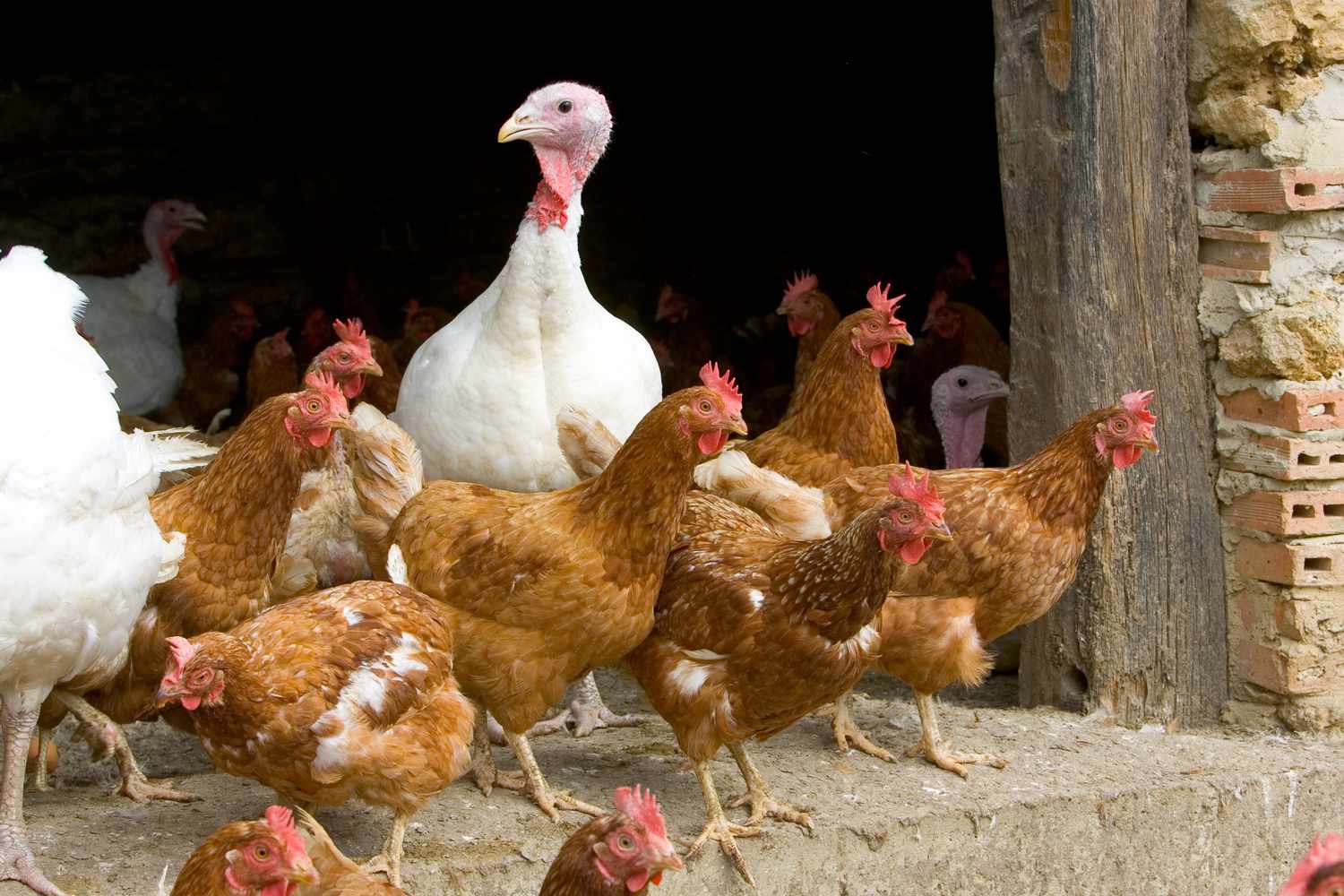Implications for Public Health: CDC Confirms Human Case of Bird Flu in Texas

An individual in Texas, employed in the dairy sector, has been confirmed by the Centers for Disease Control and Prevention (CDC), as having tested positive for the avian influenza.
The confirmation was made just seven days after the United States Department of Agriculture (USDA) declared the emergence of avian flu within certain Texan dairy cow herds.
Being infected by the H5N1 subtype of avian influenza, also referred to as H5N1 bird flu, is a relatively rare occurrence among humans. The CDC indicated that this Texan case is only the second to be reported within the country, following a case in Colorado in 2022.
The H5N1 bird flu is often seen among wild bird populations. Infected birds can occasionally transmit the virus to livestock or other mammalian species.
In the most recent instance, the infected individual likely contracted the virus from being in close proximity to diseased cattle, according to health officials.
The case is relatively benign, with the patient reporting eye inflammation (conjunctivitis) as the only symptom. Current treatment involves an antiviral used to treat the flu, along with a suggested period of self-isolation.
The CDC, in a press announcement, stated that, “This infection does not alter the H5N1 bird flu's human health risk assessment for the U.S. general public, which the CDC believes remains low.” However, the CDC did note that those in more frequent contact with potentially infected birds or other animals face higher risks.
Since 2022, bird flu has been detected in wild, commercial, and hobbyist bird flocks —affecting 82 million birds in 48 states and 512 counties in total. Such outbreaks can be problematic for farmers. For instance, Cal-Maine Foods, Inc., the largest egg producer and distributor in the country, recently culled nearly 2 million hens due to an avian flu outbreak at one of its facilities.
The USDA has additionally identified herds of dairy cows carrying the bird flu in Kansas, Texas, Michigan, and New Mexico. A herd in Idaho is also expected to test positive.
Jill Foster, MD, a professor of pediatric infectious diseases at the University of Minnesota Medical School, expressed concern about this situation, indicating that human interaction with dairy cattle is fairly close. She surmised that there could possibly be further transmission to humans in the future.
This H5N1 strain of avian flu is one of the many subtypes of influenza A, and is essentially the same type of influenza that humans are affected by, albeit with slight protein variations. Certain strains of influenza A can cause pandemics, such as the swine flu in 2009 and the Spanish flu in 1918.
According to Foster, the current H5N1 strain does not appear to be quickly mutating and spreading to human populations in the way other problematic viruses have. The H5N1 virus seems to spread easily between birds and animals but seems less likely to be transmitted from animals to humans, or from humans to humans.
While human-to-human transmission hasn’t been reported since 2007, human infections with bird flu can cause serious issues, with symptoms ranging from mild infections to potentially serious cases leading to pneumonia, fever, body aches, shortness of breath, and in extremely rare cases, diarrhea, nausea, or seizures.
Despite hospitalizations in China and Cambodia linked to various strains of bird flu since 2021, and over a dozen reported deaths in China, the risk to the general public in relation to this confirmed bird flu case is considered low.
“Human infection based on close occupational exposure to a sick animal is of course important to know about, but is also very different than the case of human-to-human transmission, which would be a concern for public health,” Sarah Hamer, PhD, DVM, director of the Schubot Center for Avian Health and professor of epidemiology at the Texas A&M University School of Veterinary Medicine and Biomedical Sciences, told Health.
However, those who may be coming into contact with sick poultry or dairy cows could be seeing a higher risk. “As soon as you start getting cases, you’re going to have more spread,” Foster said.
Because of this, the CDC recommends anyone who could be coming into contact with ill or dead animals use proper personal protective equipment (PPE), including vented safety goggles, disposable gloves, boots, masks, disposable coveralls, and a head covering.
“PPE is a big one. And then it’s just re-emphasizing things like proper hand hygiene, washing your hands frequently, if you’re not feeling well, staying home,” said Mike Kleinhenz, DVM, PhD, clinical associate professor of dairy cattle production at Texas A&M University School of Veterinary Medicine and Biomedical Sciences. “Just reinforcing some of those good hygiene practices is important for dairy farmers to do—for their employees and for themselves.”
As for where the average person comes into contact with dairy—the grocery store—there’s also little cause for concern.
There’s no risk of people accidentally getting bird flu from consuming cow’s milk or other dairy products, so long as it’s pasteurized, the Food and Drug Administration (FDA) said. That process is able to effectively kill viruses such as influenza.
And though transmission among cows is something experts are monitoring, for now, there’s no evidence that bird flu could lead to any major disruptions in the U.S. dairy market, Kleinhenz told Health.
“From what we’re seeing on farms that are affected by this, [it’s] a small percentage of the cows that are actually becoming infected, and having to have their milk diverted from the saleable pool,” he said. “For the overall milk supply, we don’t expect to have shortages.”




